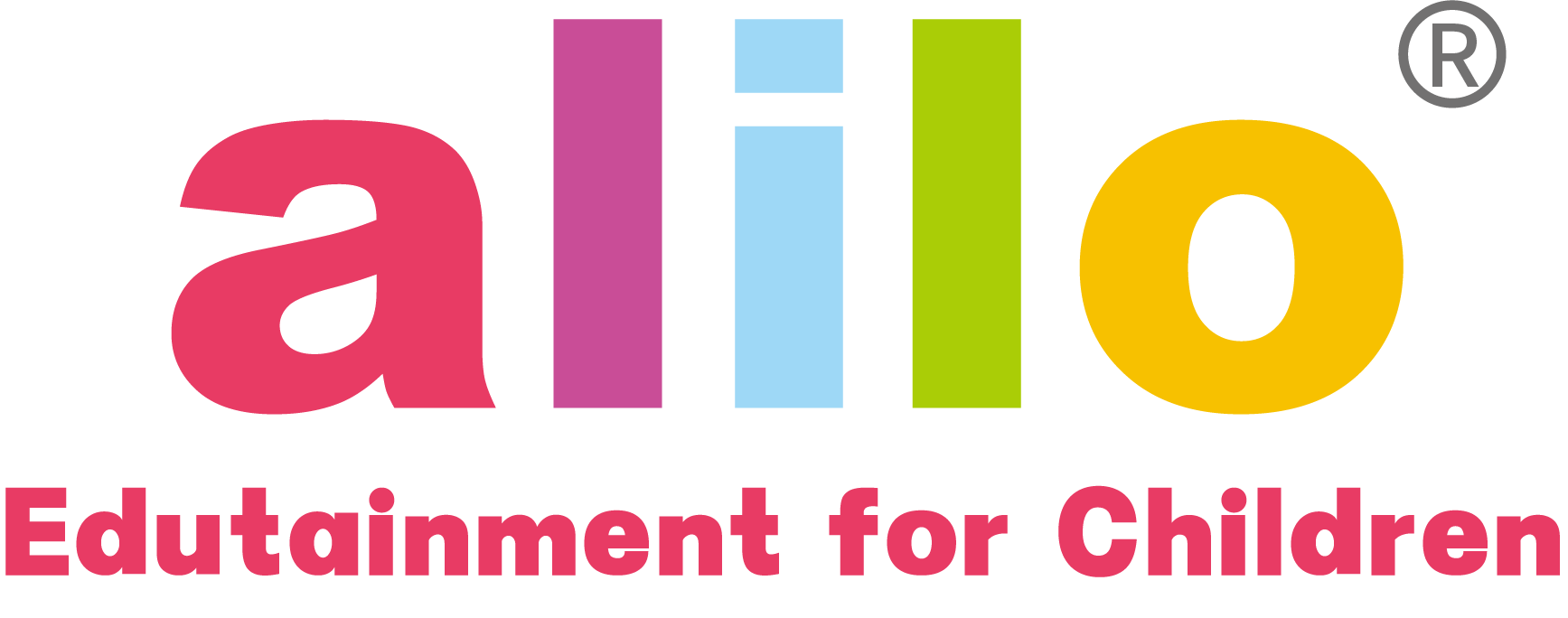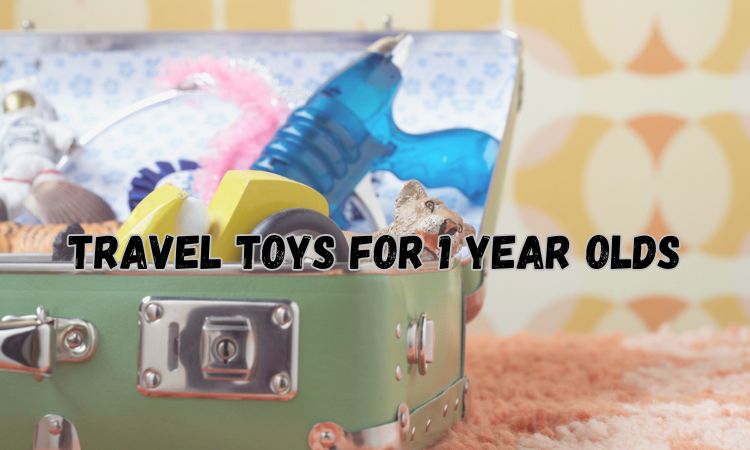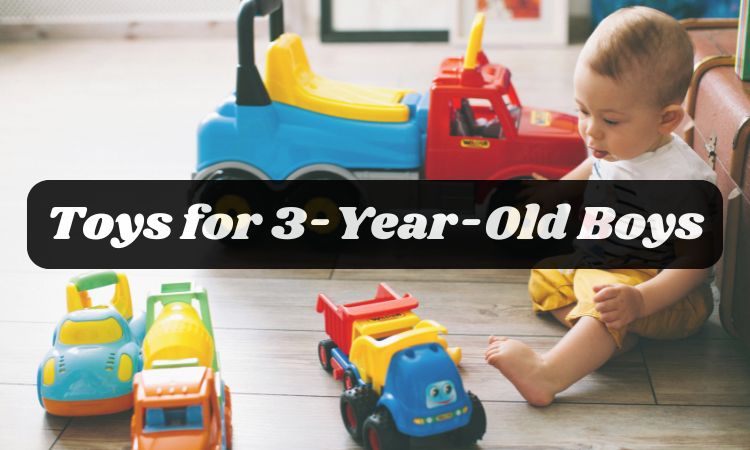How to Interact with Newborn Babies During Playtime?
Playing with your newborn is incredibly powerful and meaningful. From soft cuddles to soothing voices and warm eye contact, every gentle interaction helps your baby begin to understand the world around them. More than just bonding, these simple activities prompt your newborn’s brain development and emotional growth. This guide will show you when to start playing with your newborn and offers nurturing ways on how to interact with newborn babies. Keep reading!

Alt: Interact with newborn
When Should You Start Playing with Your Newborn?
You can begin bonding and interacting with your newborn from the moment they’re born. They may not be ready for traditional “playtime,” but they’re already observing and learning. Simple actions like talking softly, making eye contact, and holding them close are forms of early interaction. As your baby’s senses develop, you can introduce gentle activities that encourage them to respond and engage.
l In the first weeks: Focus on physical closeness, soothing voices, and eye contact.
l By a few weeks old: Introduce brief, gentle activities like singing or showing a high-contrast toy.
l Around 2-3 months: Your baby will start becoming more alert and responsive. It is a great time to try tummy time, play simple peekaboo games, or use a soft baby rattle to encourage tracking with their eyes.
How to Interact with a Newborn
Engaging with your newborn doesn’t require fancy toys or complicated routines. It’s all about connection, presence, and responding to their cues. Below are several simple, loving ways to interact with your baby.
1. Talking to Your Baby
It might feel a little silly at first, but your baby loves hearing your voice, even if they don’t understand a word. Just chat about what you're doing, describe the weather, or narrate your day. Your voice is comforting, and it helps them start picking up on speech patterns. They will be cooing and babbling back before you know it, and that’s their way of joining the conversation!

Alt: Talking to your baby
2. Skin-to-Skin Contact & Cuddling
Holding your baby skin-to-skin provides warmth, comfort, and a sense of security. After feedings, cuddle them close to your chest to help them relax. The close contact can regulate their body temperature, steady their breathing, and even support better sleep. It’s also great for bonding, as your baby learns to recognize your scent, heartbeat, and warmth.
3. Tummy Time on Your Chest
Tummy time helps babies develop strong neck and shoulder muscles, and doing it on your chest adds an extra layer of bonding. Lie on your back and place your baby on your chest so they can lift their head to look at you. You can talk, sing, or make faces to keep them engaged. Even a few minutes of tummy time each day can support healthy physical development.
4. Eye Contact and Facial Expressions
Newborns are naturally drawn to faces, so making eye contact is one of the easiest and most meaningful ways to connect. Try looking into your baby’s eyes during feedings or diaper changes. You can also mimic their expressions; if they open their mouth or stick out their tongue, gently do the same. By 6 to 8 weeks, they begin to recognize your face and respond with smiles or coos. These early responses are signs that your baby is starting to connect, communicate, and feel secure with you.
5. Singing and Dancing
Music helps stimulate your baby’s brain, especially areas linked to language, memory, and emotions. You don’t need to be a professional singer to serenade your baby. Sing lullabies or nursery rhymes during soothing moments.
Gently sway or dance with them to calming music, which helps with coordination and body awareness. Use simple hand motions or clapping to make the activity more engaging. These playful moments help them associate sound and movement with positive feelings.
6. Read Aloud
You don’t have to wait until your baby understands the words. Reading aloud is a great way to expose them to language from day one. Choose books with simple, repetitive text and bright, bold illustrations. Point to pictures and describe them, pausing to let your baby respond with sounds or gestures. Reading helps babies associate your voice with comfort and introduces them to language patterns.
7. Baby Massage
Gentle massage can be both soothing and stimulating for your baby. Use a small amount of baby-safe oil or lotion and gently massage their legs, arms, and back. Watch their cues—if they seem to enjoy it, continue. If they fuss, stop and try again later. Massage can also help with digestion and relieve gas or colic symptoms. It’s a relaxing, intimate way to connect and calm your baby.
8. Gentle Playtime Activities
Early playtime doesn’t have to be elaborate. Show them high-contrast toys or patterns to stimulate their vision. Let them grasp a soft baby rattle or textured toy to explore different sensations. Move a toy slowly from side to side and watch their eyes follow the movement. These simple activities support sensory development and keep your baby curious and engaged.

Alt: Play baby rattle
9. Responding to Baby’s Cues
And finally, always pay attention to your newborn’s signals. When they coo or make little sounds, respond with gentle words or sounds of your own—it’s their way of starting a conversation. If they look away or seem overwhelmed, it might be time for a break. Learn to notice when they’re sleepy, hungry, or just content. Adjusting your interactions based on what they need helps your baby feel safe, understood, and deeply connected to you.
Conclusion
Learning how to interact with your newborn can help build a strong bond with your baby and prompt their development. By talking, cuddling, singing, and responding to their cues, you help them feel safe, loved, and stimulated. Every baby is unique, so it’s okay to explore different ways of interacting and see what brings the most joy to both of you.
FAQs about How to Interact with Newborn
Is it OK to not interact with baby all the time?
It’s perfectly fine to take breaks. Babies also need downtime to rest and process their surroundings. As long as you’re consistently responding to their needs and providing moments of connection, they’ll thrive.
How can I play with my 2 week old baby?
At two weeks, focus on gentle interactions. Talk softly, let them look at your face, and offer short tummy time sessions on your chest. Holding them close and making soothing sounds can also help them feel secure and content.
How much should I interact with my newborn?
You don’t need to engage them every waking moment. Aim for frequent, short interactions throughout the day—talking, cuddling, singing, or playing for a few minutes at a time. Pay attention to their cues and adjust your level of interaction based on their mood and alertness.
How long to play with your baby?
Newborns don’t need long play sessions; just 5 to 10 minutes a few times a day is enough. Follow your baby’s cues; if they seem alert and happy, it’s a good time to interact. As they grow, you can gradually increase playtime to match their energy and interest.







Share and get 5% off!
Simply share this product on one of the following social networks and you will unlock 15% off!